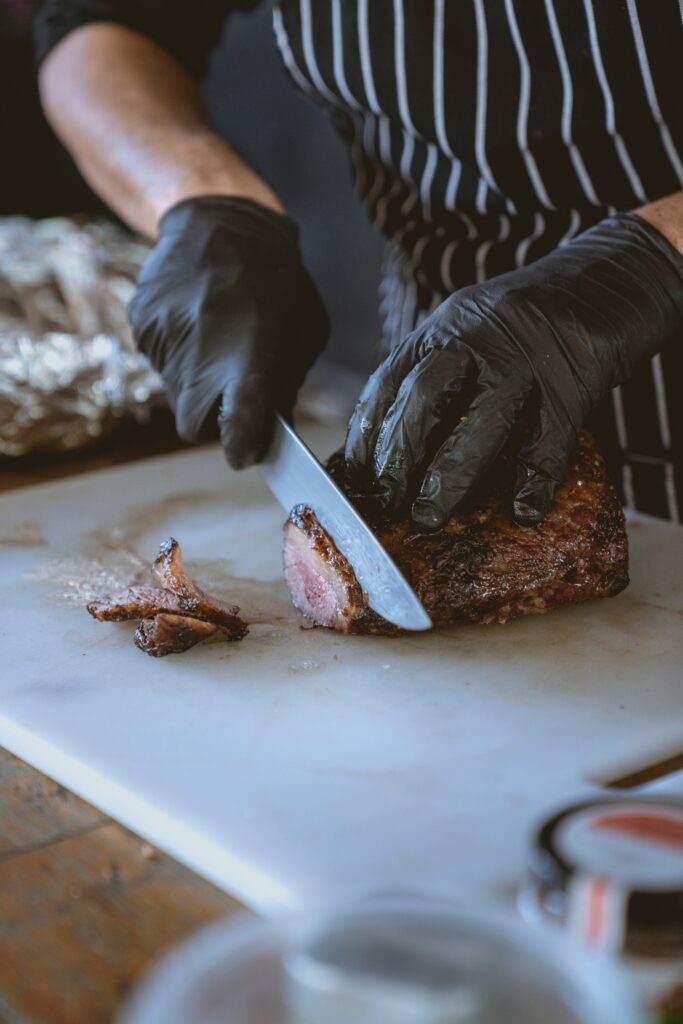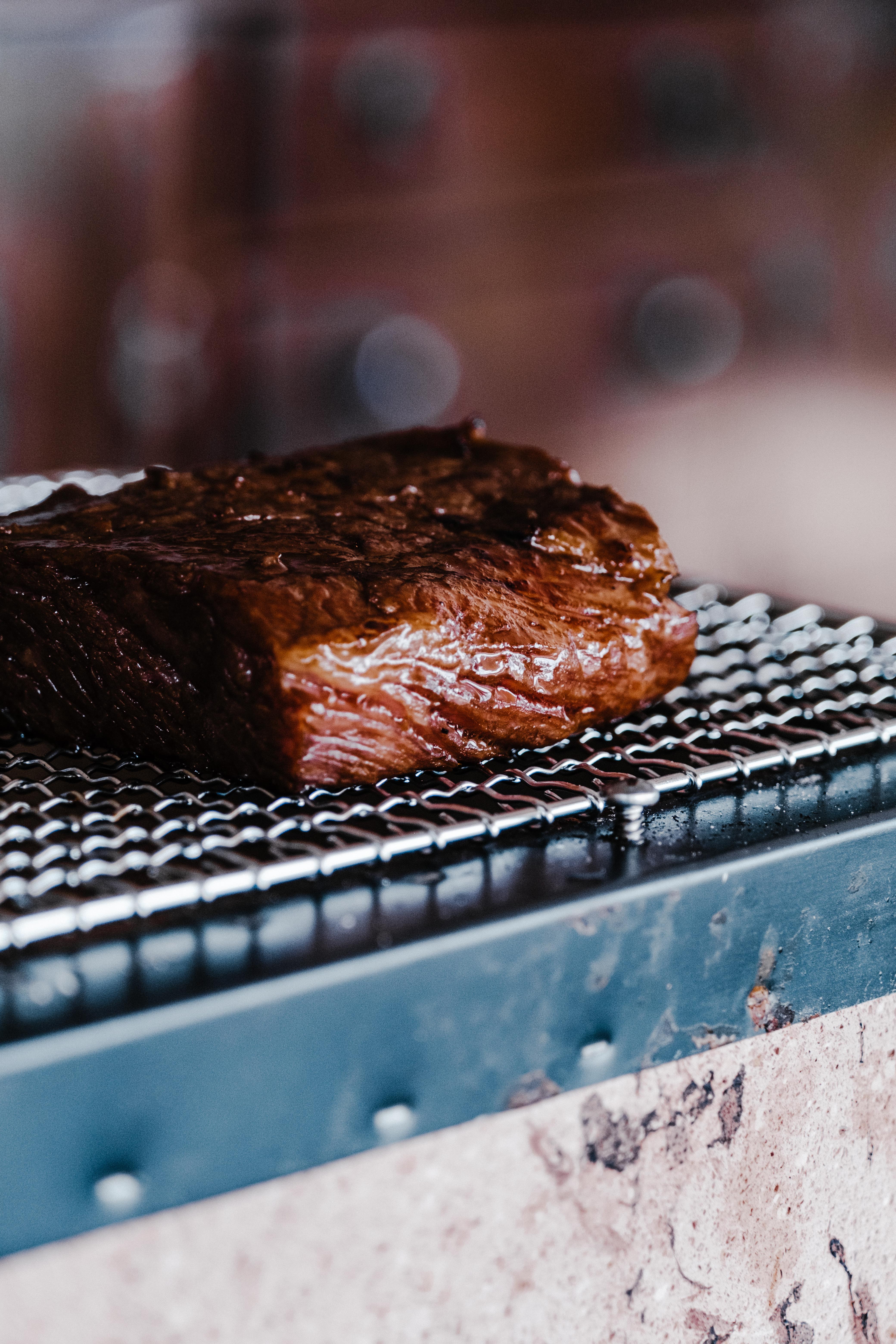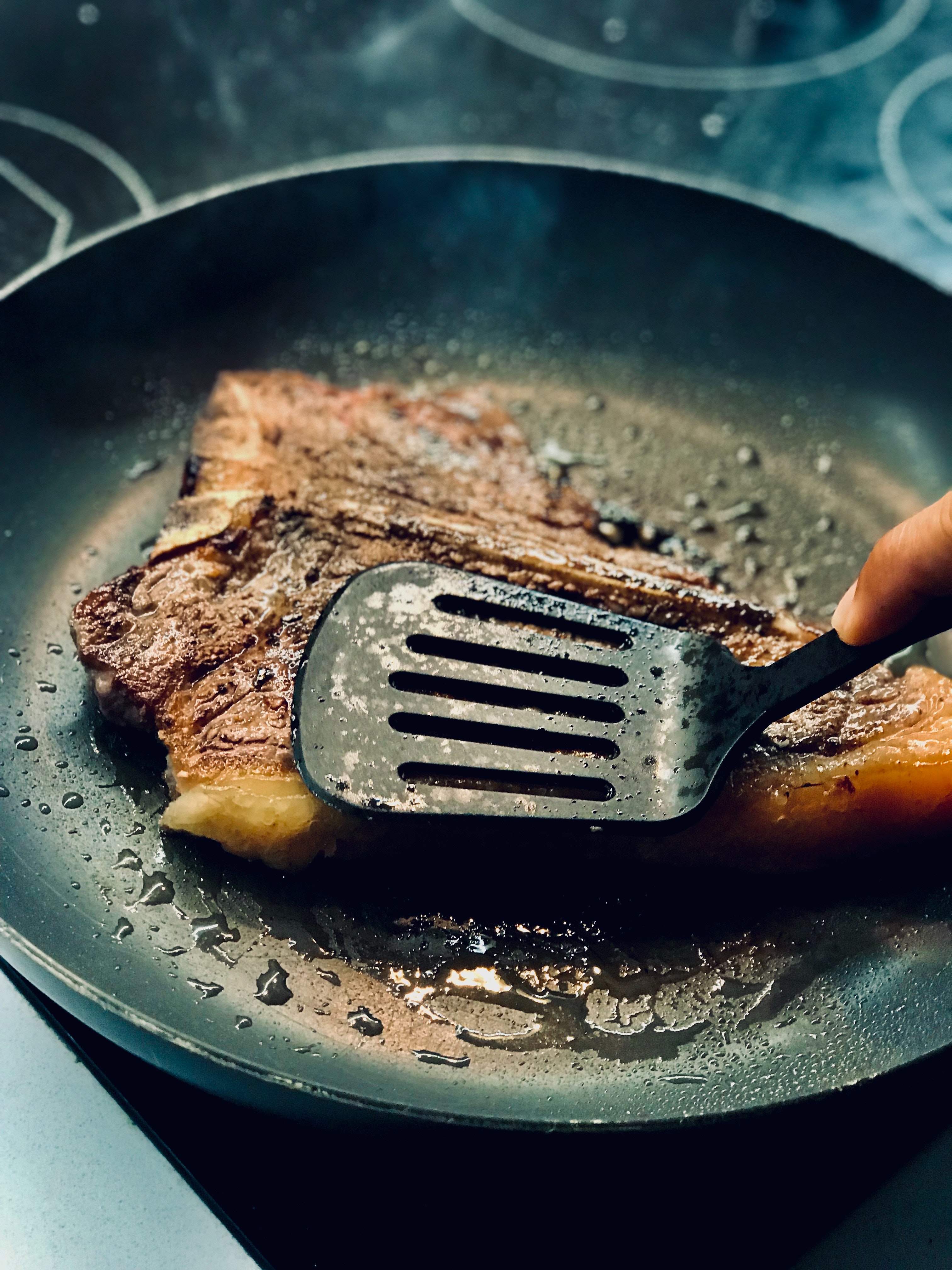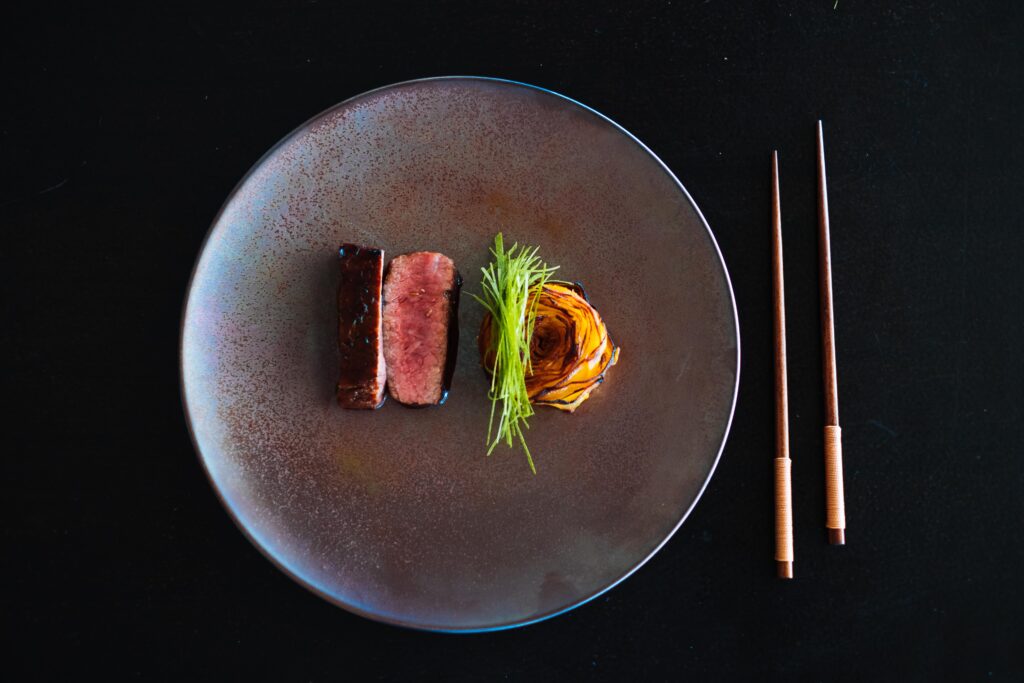A perfectly cooked steak is a culinary masterpiece that tantalizes the taste buds with its juicy tenderness and rich flavors. However, achieving steak perfection requires more than just choosing the right cut and cooking method; it also involves a crucial step that often goes overlooked: letting the steak rest before serving. In this blog, we’ll delve into why this step is essential and how your practice of letting steaks rest, followed by a flash sear, can elevate your steak game to a whole new level. Let’s dive right into why you should let a steak rest!
The Science Behind Resting
Picture this: a sizzling steak just off the grill, its mouthwatering aroma wafting through the air. It’s tempting to slice into it immediately, but here’s where patience comes into play. When you cook a steak, the heat causes its proteins to contract, forcing the juices towards the center. Resting the steak allows those juices to redistribute throughout the meat, resulting in a more evenly juicy and flavorful bite.
Furthermore, during the cooking process, the muscle fibers in the steak tense up, causing them to squeeze out moisture. Resting the steak gives these fibers time to relax, allowing the moisture to be reabsorbed. As a result, your steak remains moist and succulent rather than becoming dry and tough.

The Role of Resting Time
While the idea of resting steaks is widely accepted, the duration of this rest can vary depending on the cut and thickness of the meat. For thinner cuts like a skirt or flank steak, a brief rest of around 5 minutes might suffice. However, thicker cuts, like ribeyes or porterhouses, could benefit from a longer resting period, typically around 10 to 15 minutes.
During this resting time, placing the steak on a wire rack is a smart move. Elevating the steak allows air to circulate around it, preventing the underside from becoming soggy due to trapped steam. This step contributes to a uniformly crispy crust that adds to the overall textural experience.

Flash Searing: The Finishing Touch
Your practice of giving steaks a quick 5-10 second flash sear after resting takes the dining experience up another notch. The purpose of this final sear isn’t to cook the steak any further but to create a mouthwatering caramelized crust. The intense heat of the sear adds depth and complexity to the flavors, while the Maillard reaction works its magic to produce that sought-after golden-brown exterior.

In the realm of culinary artistry, patience is truly a virtue. Letting steaks rest before serving is a vital step that transforms a good steak into a memorable one. By allowing the juices to redistribute and the muscle fibers to relax, you ensure a tender, juicy, and flavorful eating experience. And don’t forget the flash sear – that quick burst of heat just before serving is the final flourish that elevates your steak to the level of perfection.

So, the next time you’re grilling up a delectable steak, remember that those few minutes of rest are as important as the cooking process itself. Your patience will be rewarded with a steak that’s not only visually stunning but a true delight for the senses. I hope you enjoyed the blog on why you should let a steak rest! What is your method for serving steaks? Check out our blog on how to reverse sear a steak!




